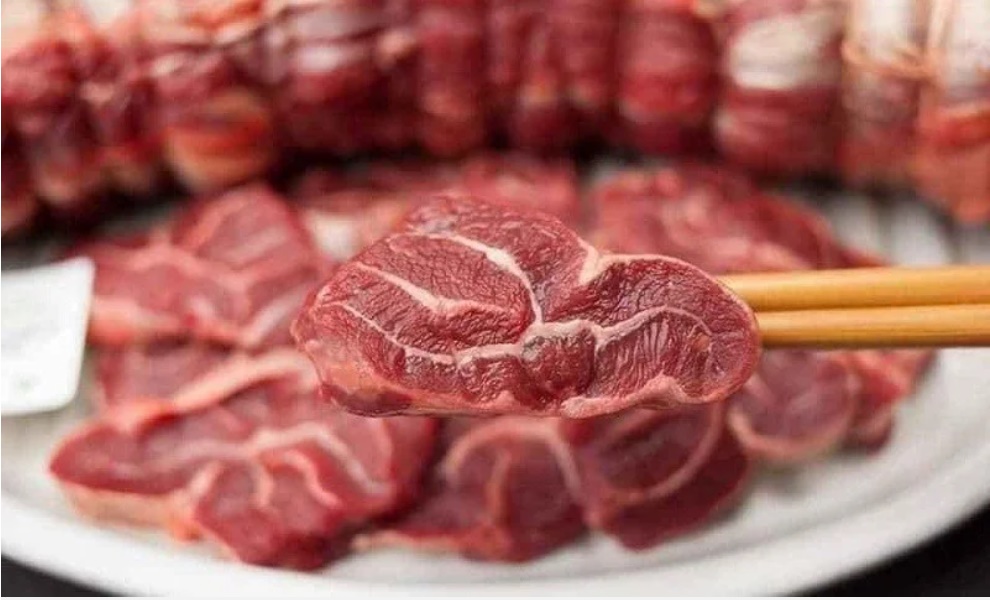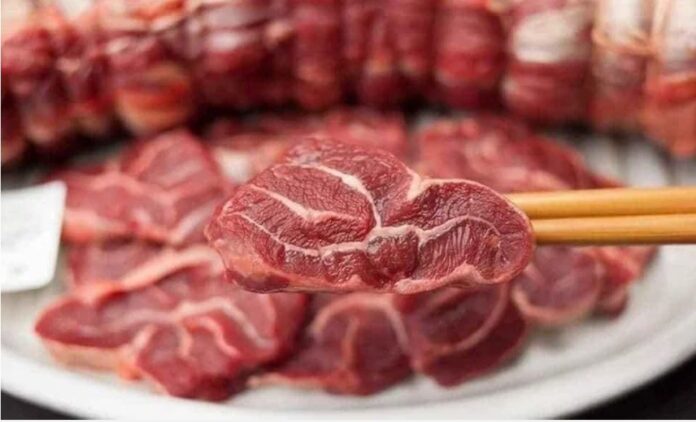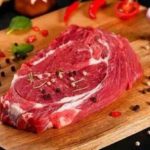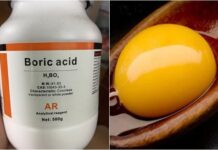How to Choose Fresh and Delicious Beef
Observe the Color of the Beef
One of the easiest ways to determine the freshness of beef is by its color. Fresh beef has a deep red color that is consistent throughout the meat, with a shiny appearance that is visually appealing. However, if you see a bright, shiny surface on the cut surface of the meat, it likely indicates that the beef has been stored for more than a day.
Smell the Beef
Your sense of smell can also be a good indicator of the beef’s freshness. Fresh beef should have a neutral or slightly earthy aroma. If the meat has an unpleasant, pungent odor, it is best to avoid it as it may be spoiled or contaminated.
Feel the Texture of the Beef
When choosing beef, you can touch the meat to assess its freshness. Fresh beef will feel dry and slightly tacky, with a thin, dry membrane covering the muscle fibers. If the meat feels slippery or leaves a sticky residue on your fingers, it is best to choose a different cut.
Test the Beef’s Elasticity
Another way to determine freshness is by testing the beef’s elasticity. Press your finger gently into the meat; fresh beef will spring back without leaving an indentation. If the meat has been previously frozen or is spoiled, it will not have the same resilience.

Tips for Choosing Delicious Beef
Identifying Poor Quality Beef
Beef that has a greenish tint or small, white circular spots between the muscle fibers is likely infested with parasites or has cysticercosis. If the meat has a strong, unpleasant odor, it is best to avoid it as it may pose a health risk.
Additionally, poor-quality beef may exhibit other signs, such as dark meat, deep yellow fat, and yellow bones. The meat will have reduced elasticity, feeling soft and mushy, and the surface may have a slightly sticky feel.
Differentiating Between Beef and Buffalo Meat
At a glance, beef and buffalo meat can look very similar. However, upon closer inspection, you’ll notice that buffalo meat has a pinkish-gray hue, with larger muscle fibers and white fat. Beef, on the other hand, will have yellow fat.
Identifying Water-Injected Beef
Water injection is a practice sometimes used to increase the weight of the meat. If the beef has been injected with water, the muscle fibers will not appear coarse. When you touch the meat, it will feel wet, and if you place a piece of paper towel on the surface, it will quickly become soaked. Regular beef will not stick to the paper, and the paper will remain dry.
Be Vigilant When Purchasing Beef
Be cautious of sellers who may try to pass off buffalo meat as beef by adding a layer of beef fat or turmeric to the white fat of the buffalo meat, or by applying beef tallow to enhance the aroma. Pre-sliced beef sold in thin slices is more likely to be infested with parasites.
According to Khoevadep




































